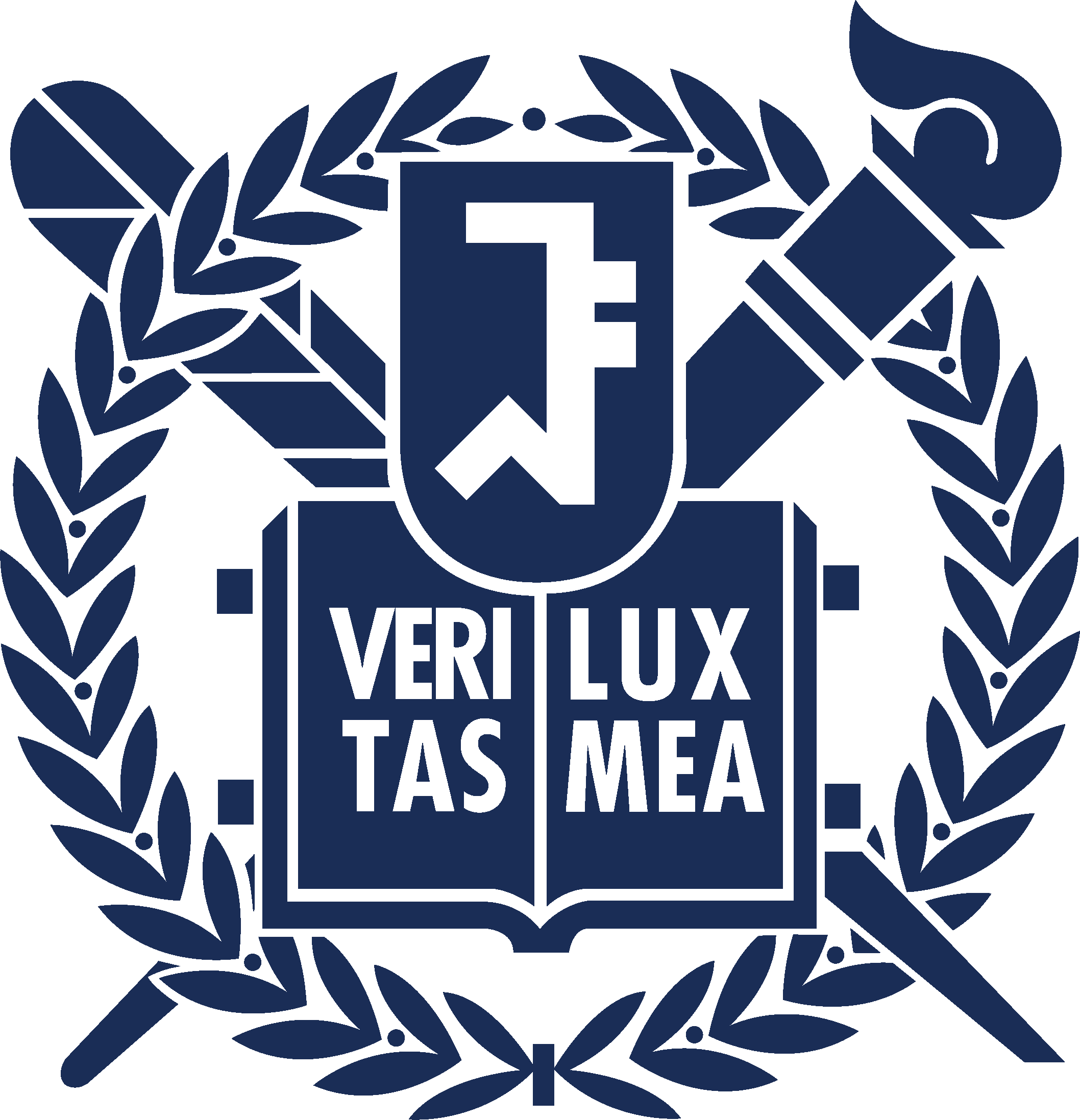Using a series of molecular dynamics simulations, we study the plastic deformation of <110>-oriented single crystalline face-centered-cubic (FCC) metallic nanowires (NWs) under torsional loading for two representative materials with different stacking fault energies, i.e., gold (Au) and aluminum (Al). A torsional periodic boundary condition is employed to avoid artifacts from otherwise fixed regions at the ends. We analyze the correlation among the surface tension, dislocation structure, and applied torque for Au and Al NWs with different radii to understand the effect of stacking fault energy on the hardening behavior. We discover that, contrary to uniaxial loading, smaller NWs are weaker and less stiff in the elastic regime under torsion; subsequently, we explain the origin by using a continuum model and computing the resolved shear stress from the surface tension. Unlike the elastic response, smaller NWs indicate a higher plastic flow stress during plastic deformation. Finally, we demonstrate that the flow stress increases with the ratio of stacking fault width to NW radius due to the higher density of planar defects such as stacking faults and twin boundaries, which impede dislocation motion.
